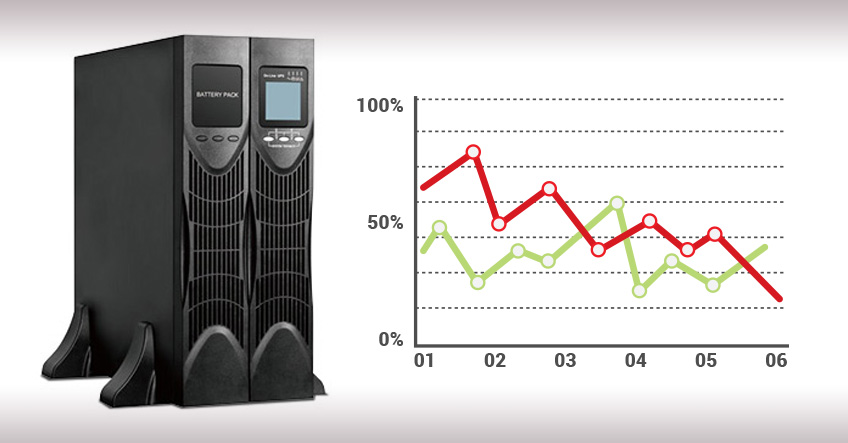Reliability is a key factor when using any equipment. This concept aplies to equipments of any size, weather they are electric or mechanic.
There are many different and varied rates regarding the different UPS equipments. When combining this rates, it is possible to learn how trusworthy and equipment can be. The lapse of time between failure (MTBF), mean time to repair (MTTR) and availability are among the most important reliability rates.
The uninterrupted power supply (UPS) system is defined according to the reliability devices that may protect the equipments from any voltage drop, sudden voltage increase or oscilation, frequency deviation and most importantly from power outages.
Some companies can not afford to suffer not even the smallest powar outage, as this would represent an enormous damage both in their operations and reputation. The cost of it could translate into a million dolar loss per minute. Therefore, it is of high importance to correctly measure the rates talked about when implementing UPS units.
Reliability rates
MTBF and MTTR are both important rates that mesure a system's reliability. MTBF indicates the time lapse that prolongs betwen two consecutive electrical failures. MTTR is the avarage time needed to repair the system and re-start it. In other words, MTBF is the period of time during which the equipment is functioning properly. MTBF added to MTTR result in the avarage time that goes by between do consecutive failures. Another important reliability rate is availability. This is measured by the MTBF plus the sum of MTBF and MTTR, that is: A=MTBF/MTBF+MTTR

